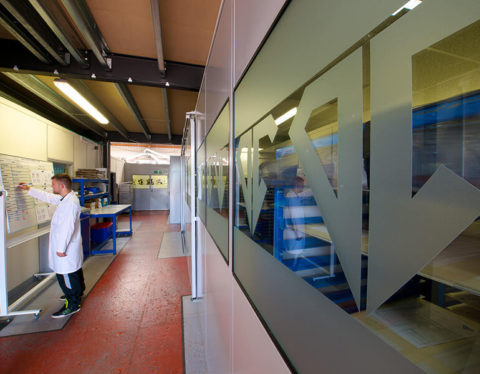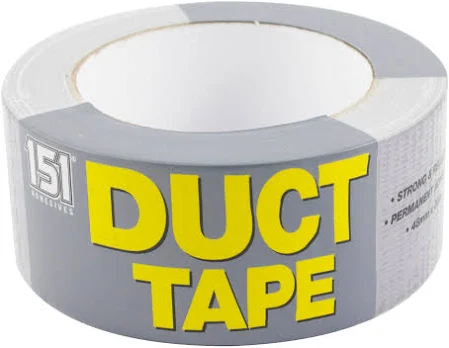
Coated Glass Factories
At Diamond Coatings, we’re not just about providing high-quality coated glass solutions; we’re also committed to manufacturing excellence
All orders placed between December 20th and January 2nd will be processed on January 3rd

The Uses Of Conductive Glass
Conductive glass really is a thing… glass that has the ability to conduct electricity! This sounds pretty cool on the face of it, but what are the uses of conductive glass? Read on!
It’s probably best to start with how conductive glass is produced. The most widely used method is by depositing a transparent conductive oxide onto the surface of the glass.
Indium Tin Oxide (ITO) remains the most popular transparent conductive oxide – ITO is both optically clear and is electrically conductive. When ITO is deposited as a thin film to glass, the glass becomes conductive.
Conductive Glass Applications

Imagine you are an airplane pilot and are hitting higher altitudes where the outside temperature is dropping. The last thing you want to see is the cockpit freezing over of (or) fogging up due to the external conditions. Good news, you will not see this as ITO conductive glass is used to heat aircraft cockpit windows, resulting in a constant clear view.
Heated windows using conductive glass are now being implemented in trains and automobiles too.
In a similar fashion, smart glass and low E windows also utilise conductive glass to regulate UV rays and by offering opaque options. You know those blindless windows? There’s a good chance they can change opacity by using a conductive coating.
Other interesting uses of conductive glass include supermarket freezer doors – in a similar way to the aircraft windows, a small charge ensures that visibility is optimal at all times so the products within are easily viewed.
Conductive glass is also very effective in electron microscopy. The need to charge the specimen has been removed, which helps from deterioration, prolonging the specimen’s lifetime.
Conductive Glass In Touchscreens
If you hadn’t already thought about it, the above subtitle just might trigger a light bulb moment for you. Yes, conductive glass is used to determine where a user has touched their cell phone. ITO glass is prevalent in most cell phones as it provides the conductivity required to locate a user’s touch and gesture.
This works as the human touch is conductive, meaning when a touch occurs on the screen, the charge is altered. The device can pick up the location and gesture and process this instruction immediately.
Diamond Coatings Conductive Glass
Based at our bespoke processing plant in Phoenix, Arizona, Diamond Coatings are able to provide a range of specialist coatings, including ITO, which can be deposited onto plastics, thin PET films and of course, glass. We also sell conductive glass slides and coverslips directly from our website.
Need More Information?
If you have a specific query relating to conductive glass or have a project in mind that requires a specialist coating, please get in touch with us. A member of our technical team will respond as soon as possible.

At Diamond Coatings, we’re not just about providing high-quality coated glass solutions; we’re also committed to manufacturing excellence

Our ITO films provide a transparent and conductive layer that enables seamless touch interaction while maintaining optimal clarity

Advancements in coating technology have led to the development of highly effective scratch-resistant coatings that enhance the durability and longevity of acrylic.

If your project requires a material that can effectively conduct electricity, several excellent alternatives to duct tape are available
If you are interested in any of our products or services, please use the contact form or give us a call, we will be happy to discuss how we may be able to help you.